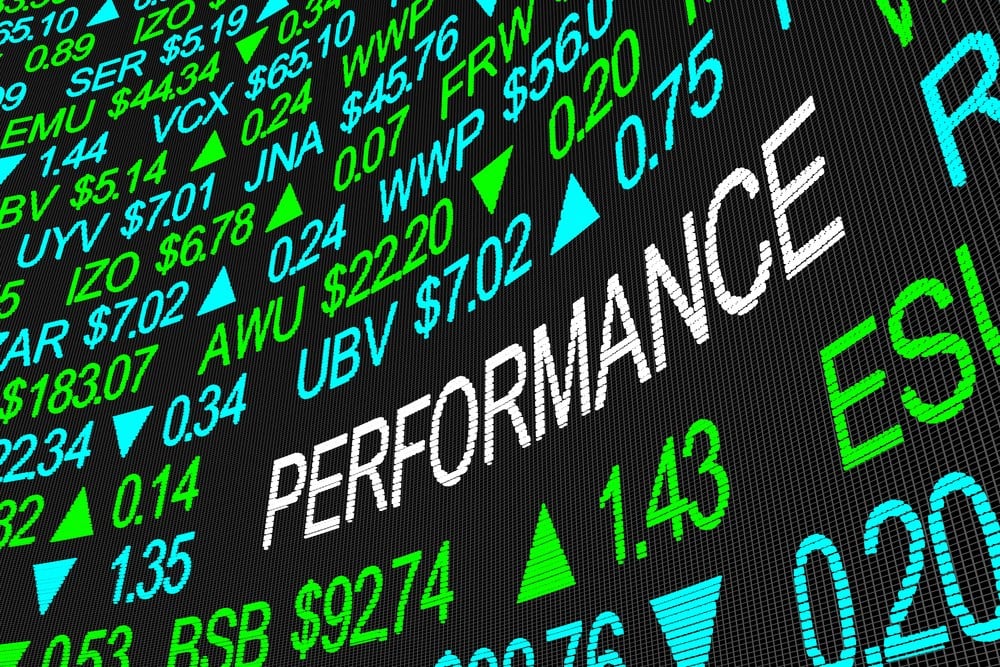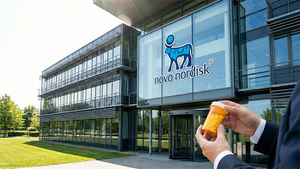
As a group, dividend stocks have not kept pace with 2023’s market rally.
That’s important, because investors who rely on income may be disappointed in their 2023 return. According to S&P Dow Jones Indices, since 1926, dividends have contributed approximately 32% of the total return for the S&P 500, while capital appreciations have contributed the remaining 68%.
So what’s happening this year?
The situation is easy to understand, as some of the biggest year-to-date winners include AI-focused names, such as Nvidia Corp. (NASDAQ: NVDA), Meta Platforms Inc. (NASDAQ: MSFT) and Advanced Micro Devices Inc. (NASDAQ: AMD).
None of those are dividend payers. That’s typical of techs, which tend to prefer rewarding shareholders by putting earnings back into projects with fast-growth potential rather than paying a dividend.
Cruise Ships Find Smoother Waters
Other year-to-date leaders include stocks from the cruise ship industry, which was essentially decimated due to Covid lockdowns.
Carnival Corp. & plc (NYSE: CCL) and Royal Caribbean Cruises Ltd. (NYSE: RCL) are the third and fourth biggest S&P 500 gainers. Both suspended their dividends in 2020, and neither has reinstated them, although both are on a path to profitability, so the dividend situation may change in the next couple of years.
Year-to-date, the top-performing S&P sector is communications services, up 40.05%. The most heavily weighted components are Meta Platforms and Alphabet Inc. (NASDAQ: GOOGL), so there’s nothing in the way of dividends happening there.
The S&P 500 dividend aristocrats index is up just 5.11% this year. This index measures S&P 500 companies that have increased dividends every year for the last 25 consecutive years.
AI Looks Richer Than The Aristocrats
Contrast that performance with the broader S&P 500 index, which is up 17.56% year-to-date. If the dividend aristocrats are lagging, that means this group of large, well-established, stable, and consistently profitable companies are out of favor, particularly when compared to the AI-centric stocks.
Sectors that tend to have high-quality, sustainable dividends include healthcare, energy, and financial services.
There’s some good news when it comes to energy: In the past month, the sector has rotated into leadership, with the Energy Select Sector SPDR Fund (NYSEARCA: XLE) returning 9.61%.
The ETF’s dividend yield is 3.62%, and it paid out $3.21 per share in the past year.
In case you’re wondering how that works, an ETF is able to pay a dividend because it collects dividends from the underlying stocks it holds and then pays out a proportionate share to investors.
Techs Return Capital Via Price Appreciation
In contrast to the XLE’s yield, the Technology Select Sector SPDR Fund (NYSEARCA: XLK)’s yield is 0.81%. It paid out $1.36 per share in the past year. That gives you a good sense of the difference between energy and tech when it comes to returning capital to shareholders via a dividend rather than price appreciation.
While tech was the standout in the first half of the year, it’s becoming clear that other stocks are rotating into leadership, and some of these are dividend payers. For example, PulteGroup Inc. (NYSE: PHM), whose dividend yield is 0.77%, is now the sixth-best year-to-date S&P 500 performer, having returned 86.84% so far this year.
General Electric (NYSE: GE), which has reinvented itself through spinoffs and divestitures, is also a top S&P 500 stock, with a 2023 return of 71.55%, has a yield of 0.28%.
Eventually, Dividends Will Return
While the news hasn’t been great for dividend investors this year, don’t give up hope, especially for the long haul. It’s very normal for different asset classes to rotate in and out of leadership, and it’s a safe bet that dividend stocks will eventually start performing better.
There’s more good news. Even when dividend stocks underperform, investors still get paid to wait out the weakness. In addition, you can scoop up many dividend payers at attractive valuations right now.
Market cycles are finite; we’re already seeing some techs declining in the ranks of S&P performers, while other companies, such as cruise lines, are sailing higher. Eventually, more dividend stocks will rotate into leadership. That may mean the S&P doesn’t rally as much as when it’s tech-driven, but it could mean greater stability.




